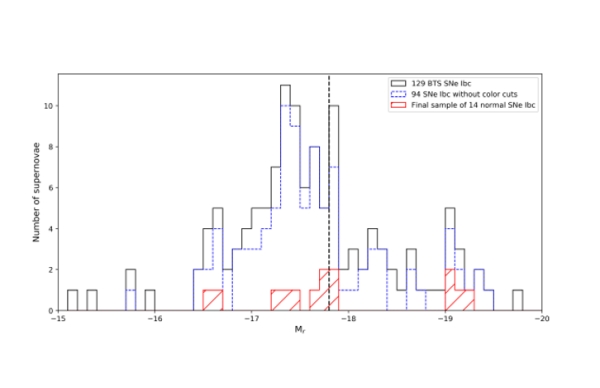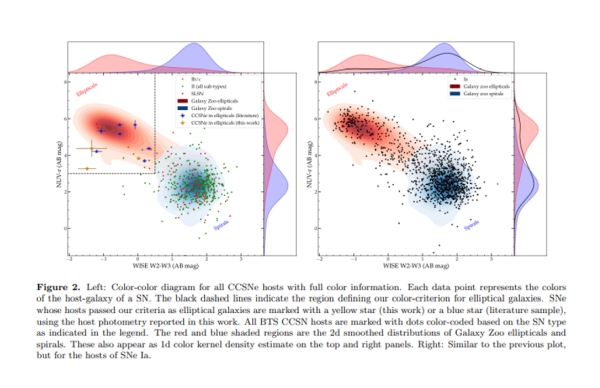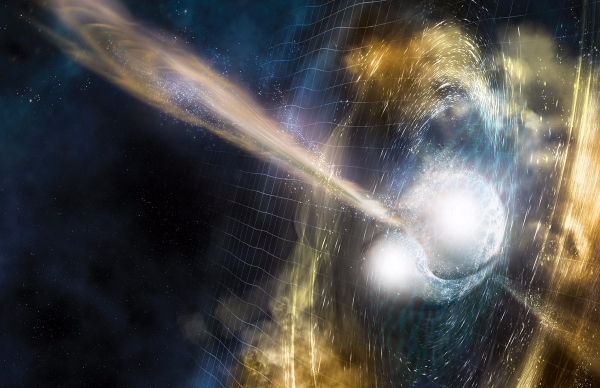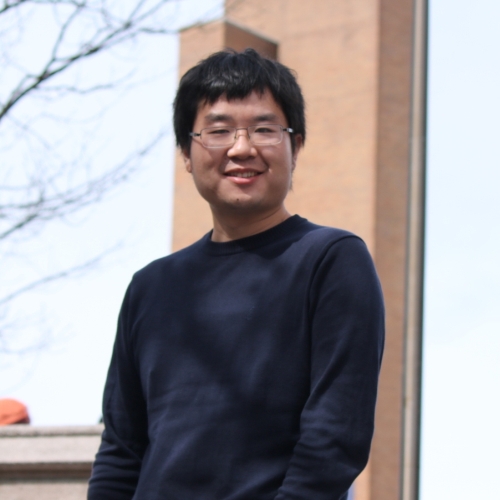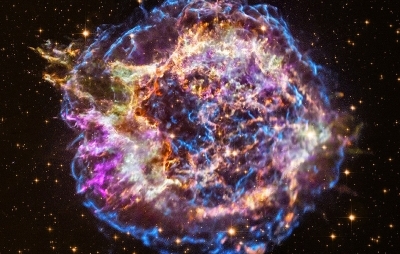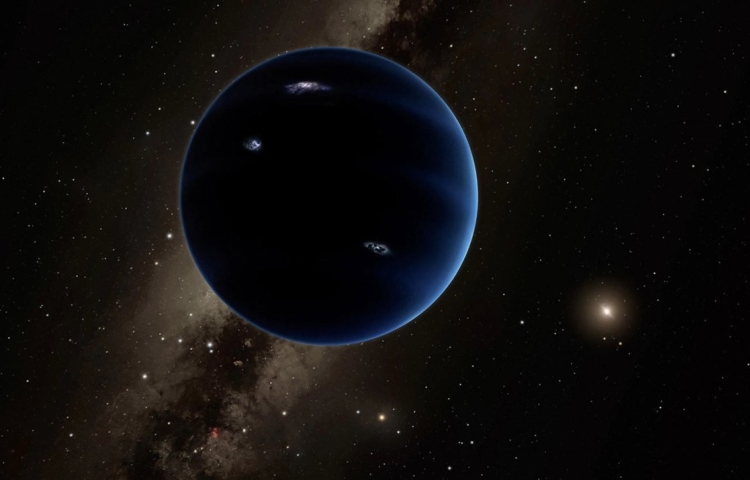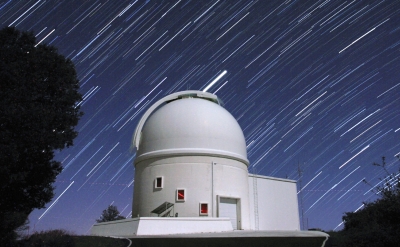ZTF Public Data Release 8
The Zwicky Transient Facility (ZTF) and IPAC at the California Institute of Technology announce the eighth ZTF Public Data Release. This release builds upon the seventh data release to include products from he new release includes products from (1) an additional 2 months of survey operations from the public portion of the survey, giving a total observation span of March 2018 - Sept 2021, and (2) data acquired under private survey time during the first ~25.5 months of the survey, spanning March 2018 - May 2020. The private surveys include observational programs awarded by Caltech and performed by the ZTF collaboration.
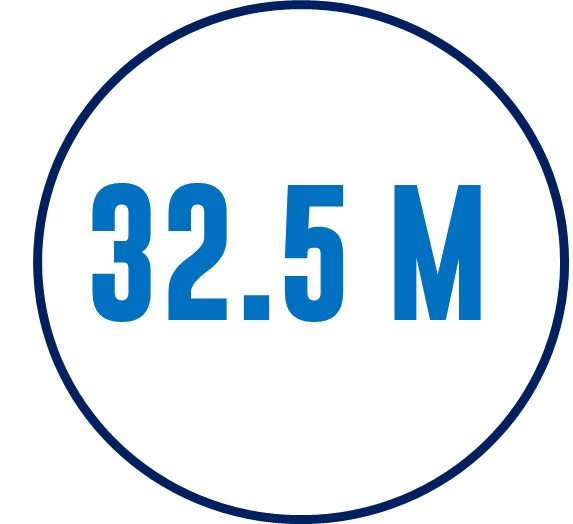
Science ready images
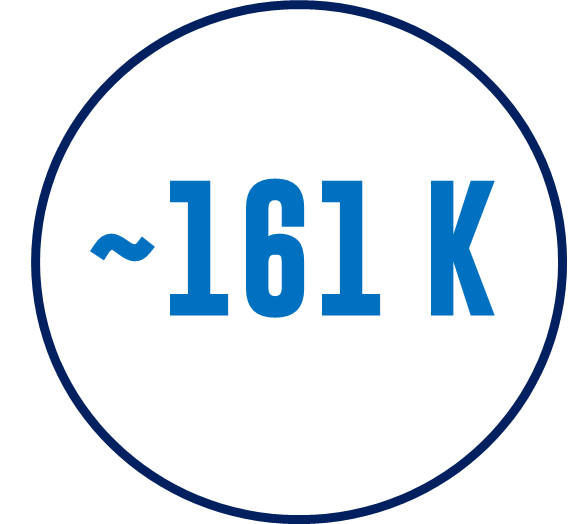
Co-added images
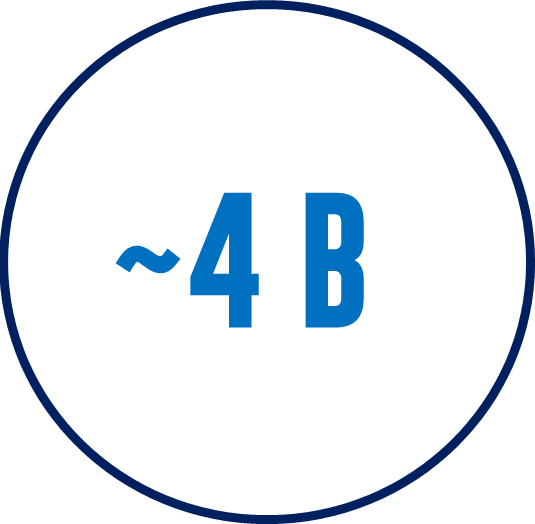
Lightcurves with
20+ observations
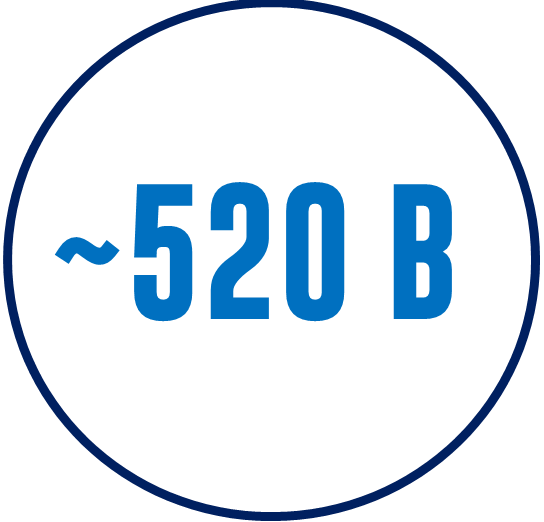
Total number of detections
(PSF-fitted photometry)
Science Highlights
Brighter than we thought
ZTF collaborators at the Oskar Klein Center, University of Stockholm in Sweden sieved through the ZTF Bright Transient Survey to construct a robust sample of normal stripped-envelope supernovae. Analysis of the luminosities of the supernovae in the sample suggests that they are brighter than current explosion models suggest.
Almost absent in elliptical galaxies
The ZTF partner team at the Weizmann Institute of Science studied the occurrence of core-collapse supernovae in elliptical galaxies. Using the spectroscopically complete ZTF Bright Transient Survey, the authors conclude that less than 1% of all core-collapse supernovae occur in elliptical galaxies and discuss implications for star-forming activity in such galaxies.
EMGW events in O4 and O5
A paper, led by ZTF summer student Polina Petrov, now a graduate student at the Carnegie Mellon University presents simulations of the next two LIGO/Virgo/KAGRA observing runs, O4 and O5, based on public alerts from O3. The paper also includes a data release of the simulated localizations as a public proposal planning resource for astronomers.
ZTF Faces
Yashvi Sharma
(Caltech, USA)
While growing up in Rajasthan, which is a desert region, on cool summer nights my family and I slept under the stars on the roof of our house.
Read OnSheng Yang
(University of Stockholm, Sweden)
I come from a very small town named 'Hong Hu' in the central part of China. In Chinese, 'Hu' means lake, so my hometown was aside a big lake.
Read OnZTF Science Vlog
The ZTF vlog brings you the latest ZTF results presented by the authors themselves.
Faintest of them all - Supernovae can be super surprising
In this ZTF Science Vlog, lead author and Caltech PhD student Viraj Karambelkar speaks about the discovery of the faintest supernova Type Iax and where we stand in our understanding of how stars evolve and die to produce such supernovae. This work is now accepted for publication in the Apj Letters
Rare but not unique - the cosmic cow and its twin sibling
Back in 2018, astronomers discovered a rather interesting transient with characteristics like no other. They called it the Cow. Three years late, after intense searching, they finally caught another one. Check out the latest science vlog in which Daniel Perley (LJMU, UK) talks about the discovery of "the Camel" and where it takes us in our understanding of such rare events.
Science with public ZTF data
We highlight scientific publications from individuals and groups outside of the ZTF partnership that use ZTF public data
Single projenitor channel for Type Ia SN explosions
The Type Ia supernovae (SNe Ia) luminosity function (LF) describes the intrinsic luminosity distribution of these SNe. It may help constrain the progenitor systems of these objects, which are still under debate. The authors of this paper built the SNe Ia intrinsic LF using the ZTF Bright Transient Survey (BTS) catalogue. They found that the LFs are unimodal, with their peaks in line with previous results, but have a much lower rate of dim events and luminous events. They also show that the features on top of the unimodal LF-derived distributions are all consistent with statistical noise, suggesting a single progenitor channel for the explosions. The team further derived, for the first time, the SNe Ia distribution of host galaxy extinction.
Analysis of the effect of Starlink satellites on ZTF data
The large field of view of ZTF makes it an ideal instrument to follow and study low earth orbit satellites such as the Starlink fleet. Angel Otarola from the European Southern Observatory looked at Starlink satellite detections in ZTF image data and presented an analysis at the second Dark and Quiet Skies for Science and Society conference that took place in Oct this year. While the number of images polluted with satellite trails at high zenith angles is clearly increasing, ZTF solar system observations have so far not been severely affected by satellite streaks, even at twilight. However, this analysis clearly shows that future facilities , especially those focused on solar system observations need to pay close attention and devise techniques to deal with contaminated images. Further details are available in Otarola's presentation.
Sieving through ZTF public data in search for Planet Nine
Brown, Michael E., Batygin, Konstantin
Recent estimates of the characteristics of Planet Nine have suggested that it could be closer than originally assumed. Such a Planet Nine would also be brighter than originally assumed, suggesting the possibility that it has already been observed in wide-field moderate-depth surveys. The authors searched for Planet Nine in the Zwicky Transient Facility public archive. They found no candidates and estimated that this survey rules out 56% of predicted Planet Nine phase space.
'How-to' Guide
Accessing the raw ZTF Public Alert stream
The ZTF public alert stream is easiest consumed through one of the available brokers MARS, Lasair, ANTARES, Alerce, Fink, AMPEL, Pitt/Google, POI/Variables, SASSY, but there is also access to the raw AVRO packets, if required. University of Washington, Seattle provides an archive of every alert (packaged by night), along with example code and notebook to read AVRO. Alternatively, IRSA archives the alerts per exposure/filter/quadrant combination (substitute alerts.tar.gz instead of sciimg.fits in the URL) if you are interested in what was alerted from a single image!
Outreach
Student opportunities, summer research, schools and public outreach
Undergraduates at Caltech use ZTF facilities for active learning
How do undergraduates at Caltech learn about astronomy? By observing with real telescopes! As part of their Ay20 "Basic Astronomy and the Galaxy" course, Mansi Kasliwal, a professor of astronomy and ZTF co-PI asked her students to write observing proposals. Then students were granted time on the SEDM spectrograph, mounted on the P60 telescope at the Palomar observatory to observe their objects. "I wanted students to learn about modern astronomy and concepts such as robotic telescope observations and fully automated data reduction. The interest, enthusiasm and engagement were palpable. The questions kept pouring in continuously and our graduate student Yashvi Sharma took time to answer each one in detail.", says Kasliwal. Students are now analyzing their data and writing reports. The SEDM spectrograph is used for follow up observations of interesting transients detected by ZTF. For this class, students used the so called "bright time" when the moon is up and full and there is less pressure on the queue.
ZTF is supported by the National Science Foundation and a collaboration including Caltech, IPAC, the
Weizmann Institute for Science, the Oskar Klein Center at Stockholm University, the University of
Maryland, Deutsches Elektronen-Synchrotron and Humboldt University, Lawrence Livermore National
Laboratory, the TANGO Consortium of Taiwan, the University of Wisconsin at Milwaukee, Trinity College
Dublin, IN2P3, University of Warwick, Ruhr University Bochum, and Northwestern University . Operations are conducted
by COO, IPAC and University of Washington.
Any opinions, findings, and conclusions or recommendations expressed in this material are those of the
author(s) and do not necessarily reflect the views of the National Science Foundation.
